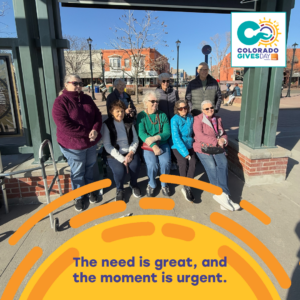The Town of Castle Rock will be further exploring 3 transit service options as part of the transit feasibility study. The recommendations went to Town Council earlier this week as part of a Council update. Here is a little summary from the presentation at Council.
Town Council received an update on the Transit Feasibility Study. The study began in 2019 to identify transit needs and assess the feasibility of different transit service models that could best serve the Town. The goal of the study is to identify practical transit options that are flexible enough to grow with the Town’s needs while considering a resource constrained environment. The future implementation of any options would need to be considered in future budget years along with all transportation needs.
The practical options identified for future study are:
- Point to point on-demand service – similar to the current taxi voucher services operated by the Town, it is intended to serve the vulnerable population
- First/last mile service – this service could include rides to the Ridgegate RTD station and address most of the transit need categories
- Microtransit – this service would primarily provide rides within Town and meet three of the four transit needs (serve vulnerable populations, provide regional connectivity, enhance economic sustainability, support population growth)
If there are members of the public that want additional information to please go to the project webpage for more information. New updated information will be posted next week.
![DRMAClogo[1] DRMAC](https://drmac-co.org/wp-content/uploads/2019/12/DRMAC20logo1.jpg)





